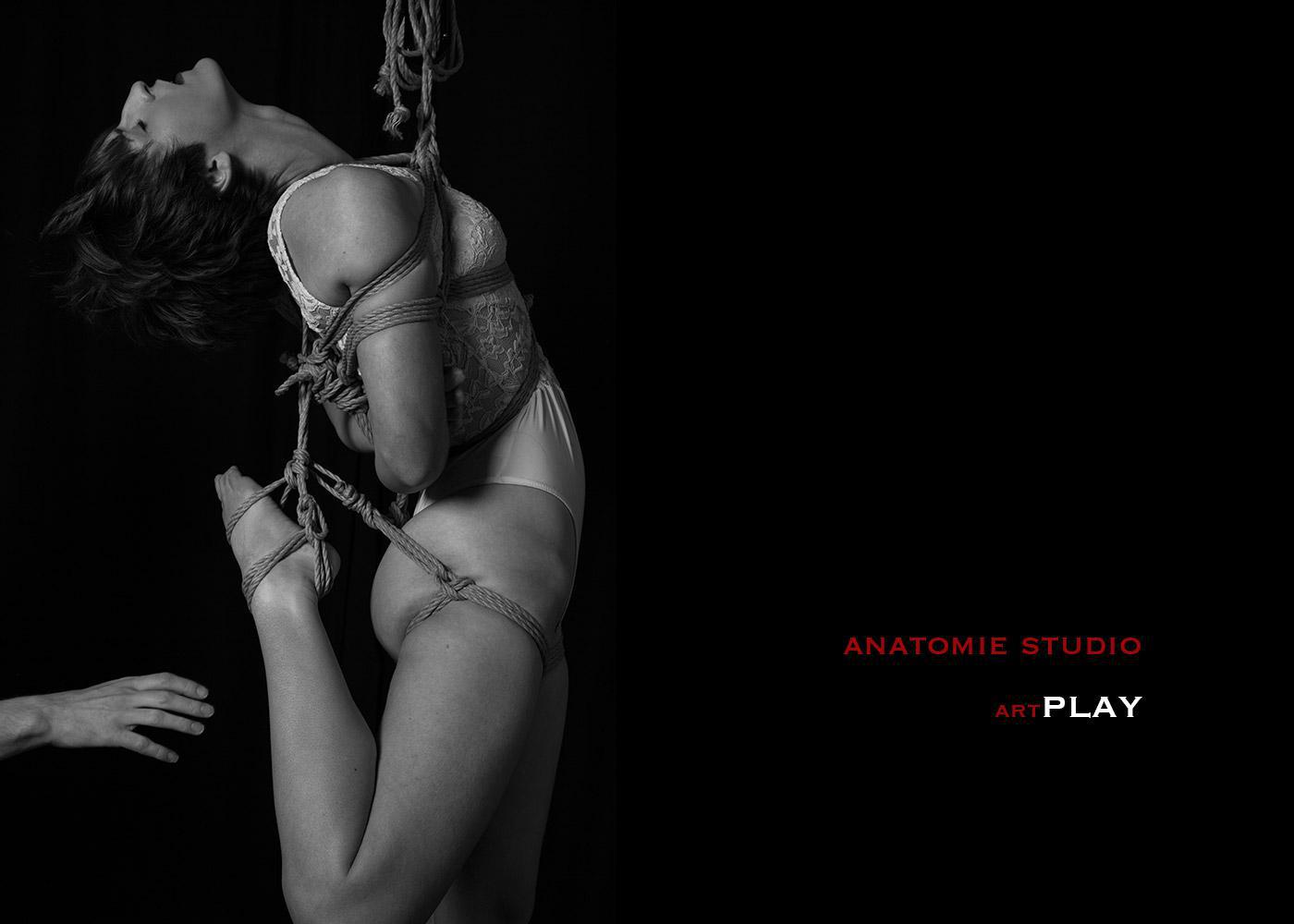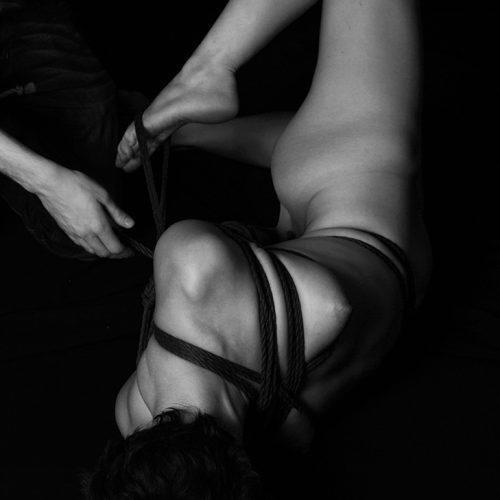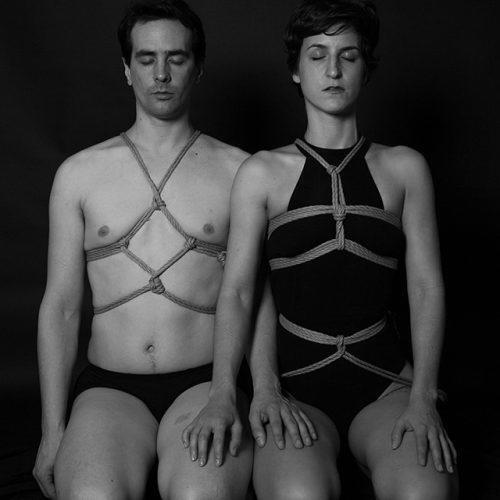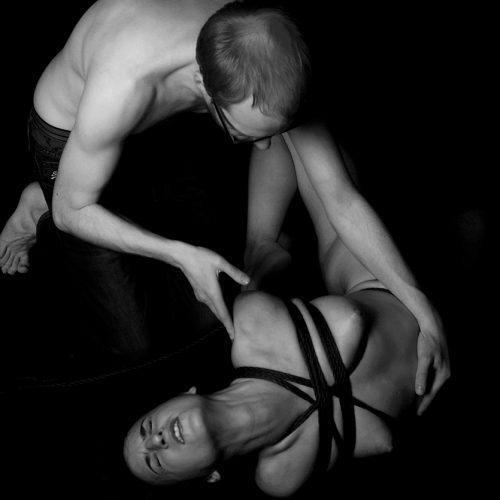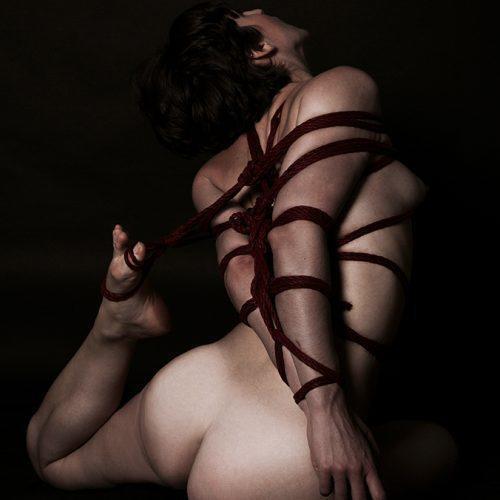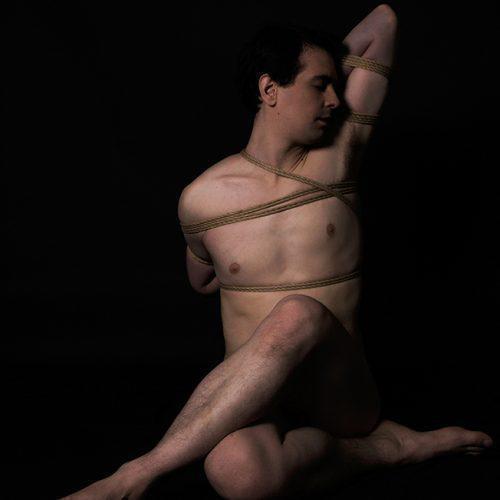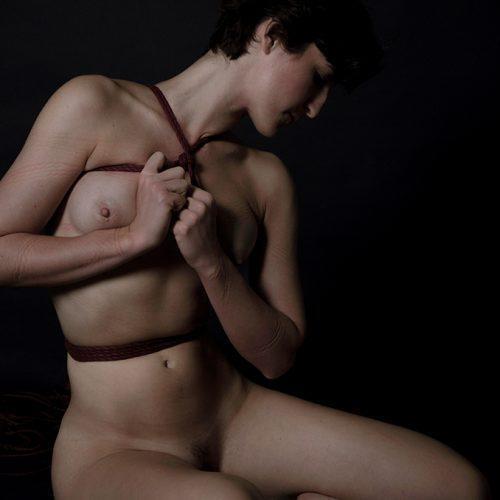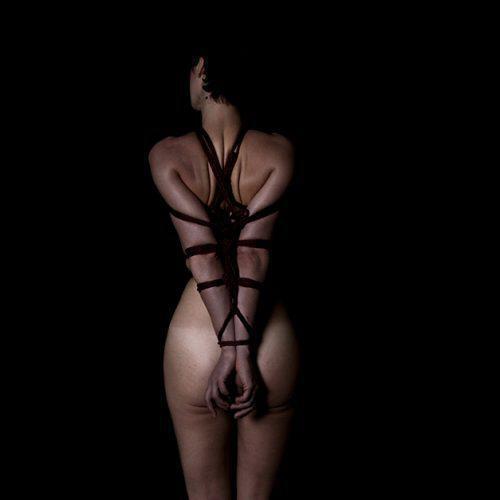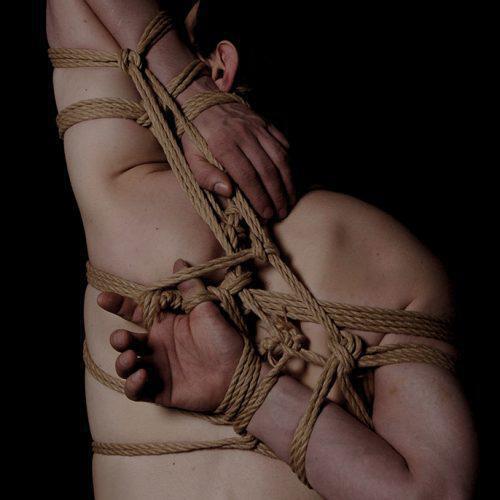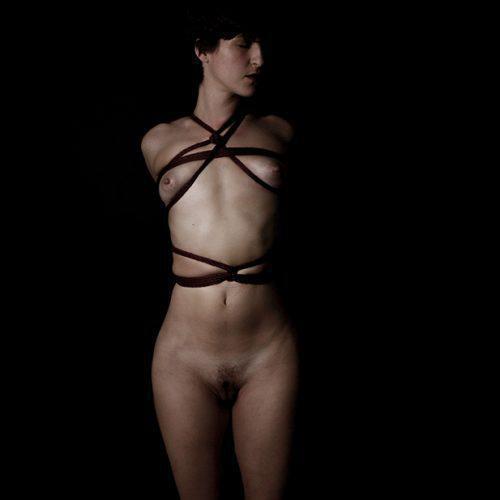
VIOLET CHACHKI IN artPLAY
September 27, 2017
Shibari Art GARETH KNIGHT
October 8, 2017
artPLAY shibari art…LET’S START PLAYING
Anna Bones and Fred Hatt from Londons first Shibari space and school- Anatomie Studio talk to artPLAY about Kinbaku and the different roles within it, about gender and sexuality and the many directions that one can take with rope practices and rope art. An exclusive photoshoot by Paris photographer Katja Kat with Anna and Julien tied by Fred Hatt. Interview by Dani Wall.
Anatomie studio https://anatomiestudio.com/
Katja Kat www.katjakat.com @katjakatphotos
Dani Wall @daniwallphotography
Julien Kotobuki: @ropejuju
Anna Bones and Fred Hatt opened Anatomie Studio in 2015, and in the past years it has become one of the leading rope spaces within the scene.
Anatomie prides itself on being an inclusive space as well as not pushing the roles of rigger / rope bottom onto the people that attend the classes. Each role is presented as equally important, not separated into boxes and allows people to find their own preferences, either as one or the other or both.
“We wanted to teach rope – period. And then let people find where on the spectrum they prefer to be.”
The way the studio functions also reflects this; every week Anatomie hosts a Beginner Rope Jam on Thursday evenings. This is “open tying time” for people wanting to practice and also includes a 1.5 hr teaching section at the beginning of the Jam. These classes are often run by Anna and her friends, all of whom switch (tie and get tied). There is no separation between the two, the teachers work together as a unit as opposed to adapting to different, opposite roles. Anna explains this as being a very conscious decision, done purposefully to challenge the set roles that have existed and still exist within the rope scene. This is not only obvious in the teaching, but also in the open-mindedness of the students attending the classes, as Anna comments: “In the classes you see a lot of heterosexual men pairing up with other heterosexual men because they don’t have a partner there and they just need to practice stuff. It’s totally normal.”
Even though this is quite a modern approach to teaching, both Anna and Fred still adhere and value the history of Shibari; “It’s really important that people really learn the classic stuff, they learn the origins, they learn exactly where [Shibari] comes from, that they acknowledge that this is about eroticism and BDSM, and not shy away from talking about sex and pornography, while teaching it. It’s part of its history but also it gives it the freedom to evolve outside of this.”
The studio not only challenges gender roles, but also the Dominant/submissive roles that exist within the BDSM community. These are not necessarily related to gender, but more to the power dynamic between two people engaging in BDSM play.
Anna says “I have had people who have come from the leather scene, the main BDSM scene and identify as Dominant and say this is where they want to be. They are the dominant partner but they said they feel very accepted in the studio and that they feel like they can get tied and be vulnerable, and that it’s okay, even though this is not the role that they are mainly interested in. It just means that on that day someone wants to practice something on them or they just want to get tied.”
Fred also states “What Anna has described here is a change that has happened. Anatomie studio is a little bit different in aesthetic to some of the older [ropes] spaces in London. Typically, they were run from pubs, bars, in very industrial places. They are also used as nightclubs, they are quite dark looking places. Anatomie studio has completely white walls, it’s extremely clean, and as a result people are becoming switchy…prior to 2 years ago, it was less common to see that…I think we sometimes talk about this – the studio being feminine in a sense, also allows people who identify as male to show their feminine side. We find sometimes that people that would be judged as being super alpha male/Dominant end up switching and they really calm down after seeing this place and seeing that it’s okay to be vulnerable there.”
Anna also highlights the importance of vulnerability, in relation to the expectations that often accompanies the rigger role. She states this role can be limited and prescribed, in comparison to being a rope bottom where there is often a range of emotions and spaces that can be occupied. Being a rigger means you have to invest a lot of money, [purchasing ropes, attending workshops] a lot of time as well as dealing with expectations from people “…for you not to fail, not to injure, not to harm. All the responsibility is on you. It’s a really, really heavy label. I think that having a space where you’re allowed to fail and you’re allowed to say, ‘I made a mistake’ or ‘today my ropes are not good’. Being able to express that and not to be judged is really productive. You know you’re more likely to evolve into a skilled rigger, because you have room to fail on the way.”
As rope has gained more and more popularity in the mainstream, there are often discussions coming from within the rope community of what rope actually “is” or “should be”. People using rope in strictly a BDSM context can often feel that rope is being diluted by becoming normalised in society. However, Anna believes that there is room for all of this, within the rope scene. “[rope] can be art or it can be sex – it can be anything.” She does feel that it is however disappointing when rope gets de-sexualised and taught without focusing on the intimacy or sexuality of it, saying that “In society, we already have this separation between things that are acceptable, once you put in the sexual element it’s like ‘oh let’s be careful with this part of the conversation.’”
Hence why Anatomie aims to teach as many aspects of Shibari as possible, to allow people to make their own decisions about what they want rope to be for them:
“I feel like it’s a spectrum. It’s not up to us to choose which place on the spectrum we want people to be, we just present the spectrum and then people will find their niches, it’s up to them. The way that we view rope, that we practice rope – is our own, we don’t want to impose that on all the other people that come to the studio. We do our best to present a comprehensive vision of what rope is, and hopefully people will see themselves in one or more aspects of what Shibari is and then keep going with it.”
photography by Katja Kat, models: Anna Bones and Julien Kotobuki, Rigger Fred Hatt
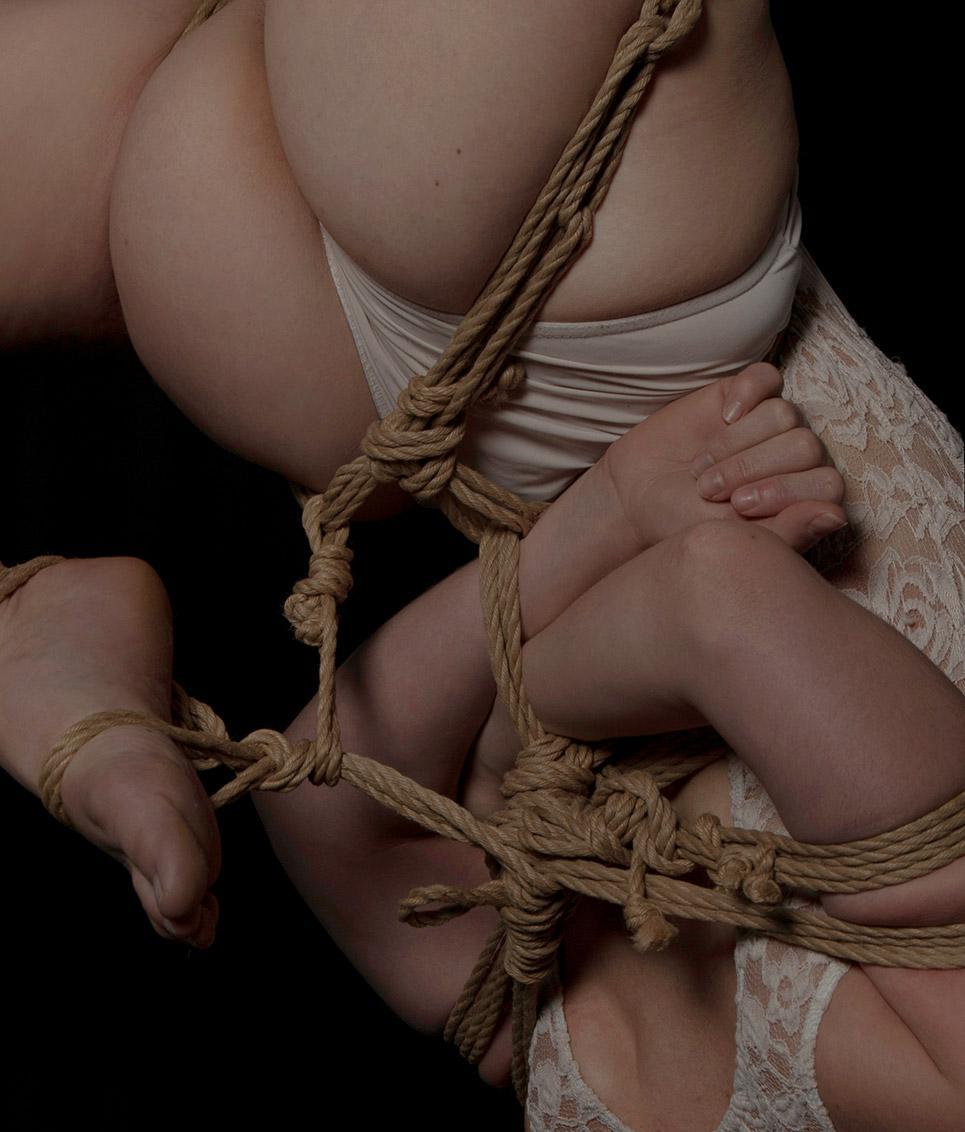
(C) artPLAY is a source for the creative minds

